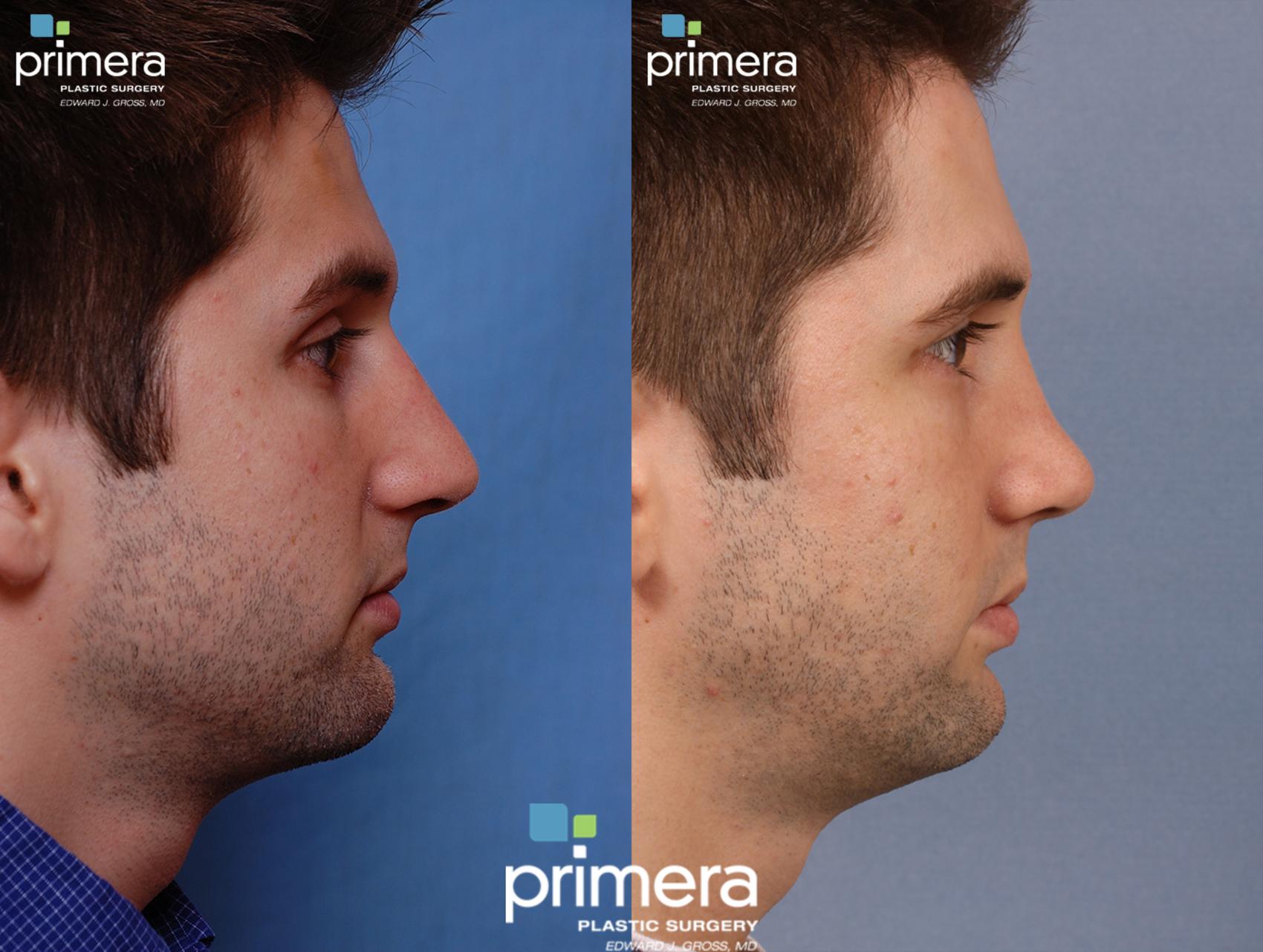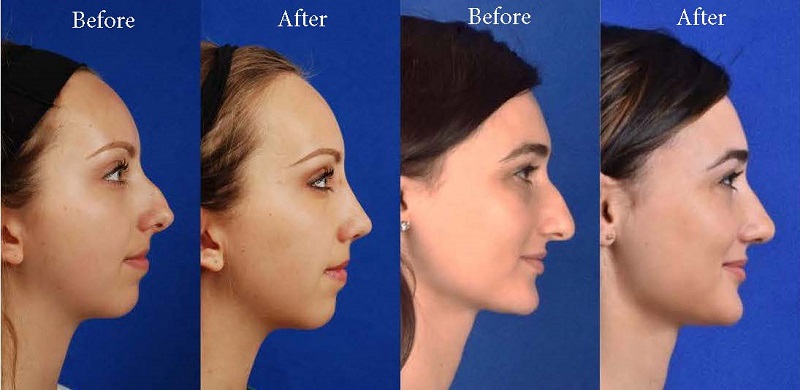Not known Facts About Austin Rhinoplasty Surgery
Table of ContentsNose Job Austin Tx - TruthsExcitement About Nose Job Austin Tx7 Simple Techniques For Rhinoplasty Austin
Lower third area the skin of the lower nose is as thicker and less mobile, since it has more sebaceous glands, especially at the nasal idea. Subcutaneous fat layer is extremely thin. Nasal lining At the vestibule, the human nose is lined with a mucous membrane of squamous epithelium, which tissue then shifts to become columnar respiratory epithelium, a pseudo-stratified, ciliated (lash-like) tissue with abundant seromucous glands, which keeps the nasal wetness and protects the breathing system from bacteriologic infection and foreign things.
the elevator muscle group which includes the procerus muscle and the levator labii superioris alaeque nasi muscle. the depressor muscle group which includes the alar nasalis muscle and the depressor septi nasi muscle. the compressor muscle group which consists of the transverse nasalis muscle. the dilator muscle group which includes the dilator naris muscle that broadens the nostrils; it remains in two parts: (i) the dilator nasi anterior muscle, and (ii) the dilator nasi posterior muscle.
To plan, map, and carry out the surgical correction of a nasal problem or deformity, the structure of the external nose is divided into nine (9) aesthetic nasal subunits, and 6 (6) visual nasal sectors, which offer the plastic cosmetic surgeon with the procedures for figuring out the size, extent, and topographic area of the nasal defect or deformity.

Hence, if more than 50 percent of a visual subunit is lost (harmed, faulty, ruined) the cosmetic surgeon changes the whole visual segment, generally with a regional tissue graft, harvested from either the face or the head, or with a tissue graft harvested from in other places on the patient's body. Like the face, the human nose is well vascularized with arteries and veins, and hence supplied with plentiful blood.
The external nose is provided with blood by the facial artery, which ends up being the angular artery that courses over the superomedial element of the nose. The sellar area (sella turcica, "Turkish chair") and the dorsal region of the nose are provided with blood by branches of the internal maxillary artery (infraorbital artery) and the ophthalmic arteries that stem from the internal common carotid artery system.
Rhinoplasty Can Be Fun For Anyone
The nasal septum likewise is provided with blood by the sphenopalatine artery, and by the anterior and posterior ethmoid arteries, with the additional circulatory contributions of the superior labial artery and of the higher palatine artery - austin rhinoplasty. These three (3) vascular supplies to the internal nose assemble in the Kiesselbach plexus (the Little area), which is an area in the anteroinferior-third of the nasal septum, (in front and below).
The nasal veins are biologically significant, due to the fact that they have no vessel-valves, and due to the fact that of their direct, circulatory interaction to the cavernous sinus, that makes possible the prospective intracranial dispersing of a bacterial infection of the nose. Thus, since of such a plentiful nasal blood supply, other tobacco cigarette smoking does therapeutically jeopardize post-operative recovery.
Nasal innervation: Cranial nerve V, the trigeminal nerve (nervus trigeminis) provides experience to the nose, the face, and the upper jaw (maxilla) - nose job austin tx. The feelings registered by the human nose originate from the very first 2 (2) branches of cranial nerve V, the trigeminal nerve. The nerve listings indicate the respective innervation (sensory circulation) of the trigeminal nerve branches within the nose, the face, and the upper jaw (maxilla).
The suggested nerve serves the called anatomic facial and Click Here nasal regions Lacrimal nerve communicates feeling to the skin areas of the lateral orbital (eye socket) region, except for the lacrimal gland. Frontal nerve conveys feeling to the skin locations of the forehead and the scalp. Supraorbital nerve communicates feeling to the skin locations of the eyelids, the forehead, and the scalp.

Nasociliary nerve conveys experience to the skin area of the nose, and the mucous membrane of the anterior (front) nasal cavity. Anterior ethmoid nerve conveys experience in the anterior (front) half of the nasal cavity: (a) the internal areas of the ethmoid sinus and the frontal sinus; and (b) the external locations, from the nasal pointer to the rhinion: the anterior tip of the terminal end of the nasal-bone suture.
Infratrochlear nerve communicates feeling to the median area of the eyelids, the palpebral conjunctiva, the nasion (nasolabial junction), and the bony dorsum. Nasal anatomy: The shell-form turbinates (conchae nasales). Nasal anatomy: The septum nasi bones and cartilages. The supply of parasympathetic nerves to the face and the upper jaw (maxilla) derives from the higher superficial petrosal (GSP) branch of cranial nerve VII, the facial nerve.
The Greatest Guide To Rhinoplasty Austin

The floor of the nose makes up the premaxilla bone and the palatine bone, the roof of the mouth. The nasal septum is composed of the quadrangular cartilage, the vomer bone (the perpendicular plate of the ethmoid bone), aspects of the premaxilla, and the palatine bones. Each lateral nasal wall includes three sets of turbinates (nasal conchae), which are little, thin, shell-form bones: (i) the remarkable concha, (ii) the middle concha, and (iii) the inferior concha, which are the bony structure of the turbinates.